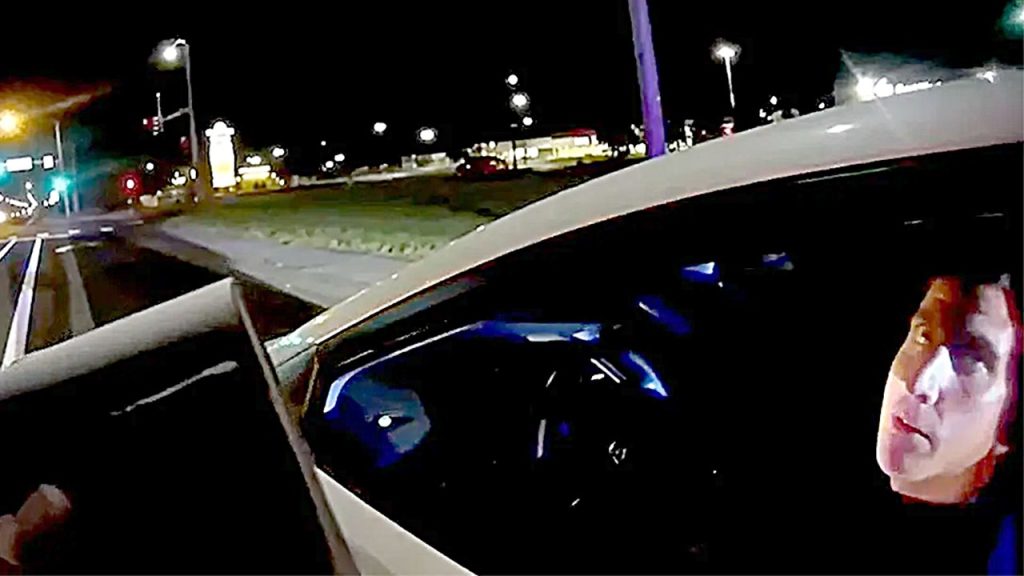Kohberger’s Panic After Idaho Murders: How His Car Led to His Downfall
When Bryan Kohberger discovered that police had identified a white Hyundai Elantra as a suspect vehicle in the Idaho student murders, he spiraled into panic. This crucial detail, revealed by digital forensics experts Jared and Heather Barnhart of Cellebrite who analyzed his phone, offers a glimpse into the mind of a man who would later plead guilty to one of the most shocking college town massacres in recent memory.
“I think the vehicle was a huge stress point for him,” explained Jared Barnhart. The evidence was compelling – Kohberger had registered his car to park at Washington State University where he was a student, just 10 miles from the University of Idaho crime scene. Investigators found a PDF on his phone containing a list of Hyundai Elantras registered at the university. This seemingly mundane detail becomes sinister when considering that Kohberger had been pulled over while driving near both campuses in the weeks before the murders of Madison Mogen, 21, Kaylee Goncalves, 21, Xana Kernodle, 20, and Ethan Chapin, 20. In the early morning hours of November 13, 2022, the four students were brutally attacked in their off-campus residence – most of them likely asleep when the home invasion began.
The phone data examined by the Barnharts reveals Kohberger’s increasingly desperate behavior as the investigation closed in. On December 29, 2022, late at night, his digital footprint tells a damning story: he searched for “wiretap” and “psychopaths paranoid,” read about police still searching for the suspect vehicle, checked the Moscow Police Department’s latest press release, and then “immediately” looked up an auto detailing shop. Within just 10 minutes, he was shopping online for another car. “Literally the pressure of, ‘Oh, look, they’re really talking about my car,’ caused…within 15 minutes of behavior, him trying to clean it and get rid of it,” noted Barnhart. “Just not normal.” This frantic sequence of actions speaks volumes about Kohberger’s state of mind – the behavior of someone who knew authorities were closing in.
The investigation that led to Kohberger’s arrest combined traditional detective work with cutting-edge forensic techniques. Police discovered a Ka-Bar knife sheath at the crime scene bearing Kohberger’s DNA, which proved critical. Using investigative genetic genealogy, a sophisticated technique that has revolutionized cold case investigations across America, the FBI helped track Kohberger to his parents’ house in the Poconos. Yet investigators have maintained that even without the DNA evidence, they would have eventually found Kohberger through the suspect vehicle, which had been captured on surveillance cameras coming and going from the crime scene. In the early morning hours of December 30, approximately 1:30 a.m., law enforcement surrounded the Kohberger family home and took Bryan into custody, less than two months after the murders.
What makes this case particularly haunting is how Kohberger’s digital trail reveals his awareness of the investigation closing in around him. His searches and actions in those final hours before his arrest display a desperate attempt to evade capture – searching for information about wiretaps and paranoia, checking police updates, looking into car cleaning services, and attempting to replace his vehicle altogether. This behavior aligns with what Barnhart observed: “If you weren’t the bad guy, you wouldn’t care, but he was scrambling, and he thought the police were on him. And they were. They were at that point.” The digital breadcrumbs Kohberger left behind provide a window into his deteriorating mental state as justice approached.
The legal proceedings that followed ultimately culminated in Kohberger’s guilty plea last month, after his attorneys failed to have key evidence dismissed or the potential death penalty removed as an option. For the murders of the four college students, Kohberger received four consecutive life sentences without the possibility of parole, plus an additional 10 years. While the guilty plea brings a measure of legal closure to the case, it cannot erase the devastating impact on the victims’ families or the college communities shaken by such violence. The senseless loss of four young lives with promising futures ahead of them remains an indelible tragedy, even as the perpetrator begins serving his lifetime behind bars for crimes that shocked the nation and forever changed a small college town in Idaho.


